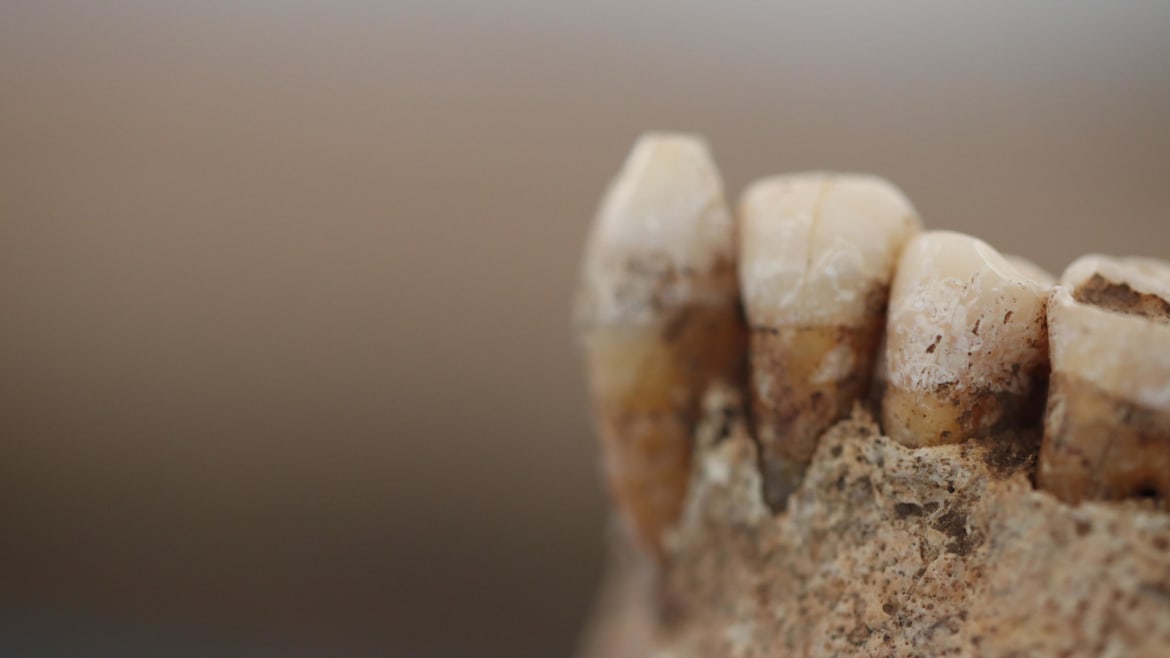Andrea Quagliariello
Dental plaque, what is it good for? Beside harboring millions of bacteria and contributing to tooth decay, the sticky saliva and food mixture can act as a porthole allowing biologists to peer into the distant past—at least for a team of Italian researchers interested in seeing how ancient plaque shifted after the agricultural revolution. According to their findings, farming changed much more about human physiology than just diet.
DNA and RNA, the genetic material that makes up all living organisms, degrades over time. Researchers in fields like paleogenomics (one of whom won the 2022 Nobel Prize in Physiology or Medicine) seek to recover and decode the fragmentary remains of this ancient genetic material—including the microscopic bacteria that makes up a part of the human microbiome. Typically, researchers reconstruct the ancient microbiome by using coprolites (calcified poop) or dental calculus (calcified plaque).

